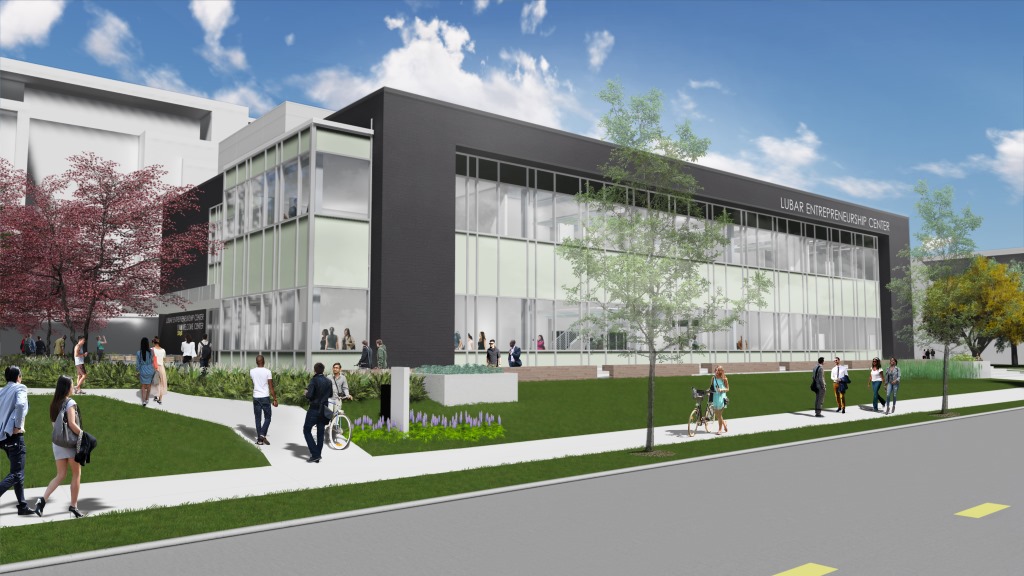Venture Investments On the Rise
Half billion in angel and venture investments in last two years great news for state.
The Summiteers of almost two decades ago who sounded the clarion call for a major strategy to establish Wisconsin as a player in the startup world must be pleased with remarkable progress reported in 2018 Portfolio analysis put out by the Wisconsin Technology Council.
Led by Katherine Lyall, an economist and then president of the University of Wisconsin, the stakeholders at the four statewide economic summits from 2001 to 2003 made the compelling case that the state had to reinvent itself. Manufacturing and agri-business could no longer be counted on to create large numbers of new jobs. Their productivity increases actually spelled fewer jobs – exactly how it has played out in those two mainstay Wisconsin sectors.
So, where were the new and replacement jobs going to come from? One of the Summit leaders, the late Don Nichols, then head of the UW – Madison economics department, identified business services as a growth sector. That has proved out.
Back then, there was only one venture fund in the state and just a handful of angel investing networks. You could count the early stage deals each year on a couple of hands.
We have come a long way. In 2017, angel and venture investors pumped $231 million into 127 companies, the second best year ever in the state. The best year was 2016 when investors put $276 million into 138 deals. That’s more than a half billion dollars in two years.
Third best was 2015 at $210 million into 128 deals. The dollars in the last three years were 40% higher than the previous three.
There are other trends and dynamics in the state’s startup world, most of them encouraging:
- Deals are getting bigger; the 32 deals so far in 2018 have averaged $1.8 million, led by Tai Diagnostics of Milwaukee at $8.2 million.
- Milwaukee is catching up to Madison in deal making, now 31% of total deals and 53% respectively.
- The entrepreneurial ecosystem gets stronger every year. By example, the new Lubar Entrepreneurial Center is under construction at UW – Milwaukee as it brands itself as “E University” in the entrepreneur space. Madison boasts an ambitious new startup incubator on the east side of its downtown called “StartingBlock.”
- Major corporations are getting into the game, following the lead of American Family Insurance in Madison. NML and Aurora Health have mounted venture funds.
- Exits take longer than investors would like, partly because only huge ventures can go public. Angel investors are often asked to double down or triple down on their initial investment rounds as their startups fight to establish traction in the market place.
- Strategic buyers are by far the best exit route, like the recent sale of Fishidy LLC to Flir Corp. and its Raymarine division.
- Foundations have put toes in the waters of early stage investing, but have not yet committed major funds. More high-return exits would help to get them moving. Emerging family offices may prove to be gutsier investors.
- WARF, the technology transfer agent for UW – Madison with $3 billion-plus in assets, continues to play a minor role in the state’s startup economy. Further, its patent and licensing levels have declined in recent years. UW – Madison continues its poor showing on business-sponsored research; UWM, in contrast, is increasingly making major connections with the big hitter entities in the M7 Region.
- The state’s major stimulant for promoting startups is the Act 255 credits that offer a 25% credit for early stage investments. They hit a peak in 2016 at almost $18 million, but fell off to $10 million in 2017. By all accounts from players in the startup world, the credits really work and differentiate Wisconsin from other states.
So, how about going from the 25% credit to 40%, similar to the combined state and federal credits for restoring historic buildings? How about investing in the future as well as the past? That would really put Wisconsin on the map as a venture-friendly state.
The credits come back to state coffers quickly as the young companies hire and its employees shell out 10% for state sales and income taxes.
Note: These tax credits pale in comparison to the $320,000 in subsidies that will be paid for each of the 13,000 potential jobs at Foxconn. Let’s assess the 2016 numbers for Act 255: If each of the 138 ventures funded that year employed an average of only 10 people, the 1380 jobs would have each cost about $13,000 in credit subsidies.
Do the math.
John Torinus is the chairman of Serigraph Inc. and a former Milwaukee Sentinel business editor who blogs regularly at johntorinus.com.
Op-Ed
-
Proposed Earlier School Start Times Are Harmful
 Jan 29th, 2025 by Maggie Kerr
Jan 29th, 2025 by Maggie Kerr
-
Sean Duffy Is Odd Pick to Run Department of Transportation
 Jan 20th, 2025 by Frank Zufall
Jan 20th, 2025 by Frank Zufall
-
Brad Schimel Defends Jan. 6 Rioters
 Jan 6th, 2025 by Ruth Conniff
Jan 6th, 2025 by Ruth Conniff





















